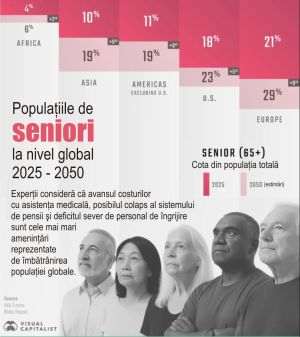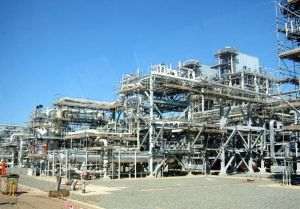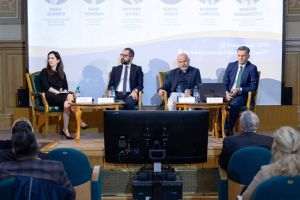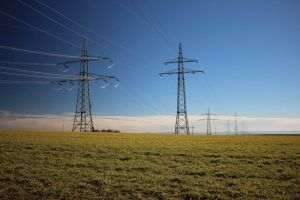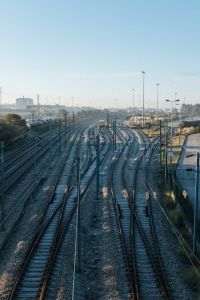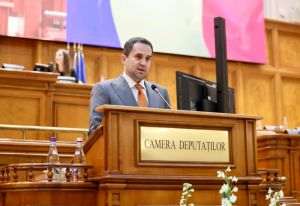The economic crisis had a negative impact on pension funds, as it caused an increase in the number of customers who were unable to honor their obligations, and has delayed the "schedule" for raising the minimum required contribution, said Radu Crăciun, investment director with pension fund "Eureko Pensii". He explained: "The contributions were supposed to be raised by 0.5% each year, but in 2010 they weren"t increased and as a result we have been setback a year".
Radu Crăciun said that the spending cuts operated by private companies had a negative effect on pension funds, particularly on the "3rd Pillar", which has become increasingly more expensive, particularly for the corporate segment.
Crinu Andănuţ, the chairman of the Romanian Association of Private Pension Funds (APAPR), considers that the crisis caused the payments made by taxpayers to private pension funds to fall 20%-25%, compared to the period prior to the crisis. According to him, there have been difficulties in the payment of contributions to the Second Pillar in March, pertaining to the month of January, as they were 10% lower than they were supposed to be, due to the effects of the introduction the unified tax statement no. 112.
He said: "The tax statement no. 112 has caused problems in filling out and processing Social Security Contributions statements, which resulted in lower payments to the Second Pillar. Basically, figures show that the state budget collected contributions from 250,000 taxpayers made to the mandatory private pension funds, but failed to transfer the money to the funds due to the difficulties in processing the 112 statement forms. The taxpayers in question obviously received no pension points in the public system in exchange for their contribution, which represents a whole different issue".
• Over the past few years, pension funds invested predominantly in government bonds
Radu Crăciun said that over the course of the last two years, the pension funds invested predominantly in government bonds. He said: "In order to fit within the medium risk profiles that they assumed, the funds need to invest more than 65% in government bonds".
Crinu Andănuţ said that the Second Pillar invested over 88% in domestic assets such as government bonds and about 12% in bonds denominated in lei of foreign issuers and in stocks listed on foreign exchanges.
The foreign investments that the pension funds are making are justified by their need to diversify their placements from a geographical point of view, in order to minimize risk; by the need to obtain greater returns, as well due to the need to have liquid investments.
In turn, Radu Crăciun said that the pension funds divided their assets as follows: 75% on the domestic market and 25% on the foreign market. He said that the need for diversification arises due to the fact that the Romanian market has a narrow range of companies listed, and the funds want to avoid depending exclusively on the evolution of the domestic economy.
According to Crinu Andănuţ, the good news is that over the last two - three years, the number of participants in the "Second and Third Pillar increased because each month about 3,000 Romanians are joining the optional pension system. According to him, the bad news is the fact that payments are rather infrequent: on the Second Pillar, right now 2 out of 5 participants are not receiving monthly contributions from the National Pension House, whereas on the Third Pillar the levels of the average contributions are relatively low due to the fact that they have limited tax deductibility, which makes them unattractive.
According to the APAPR, if the authorities decided to raise the tax deductibility of pension contributions, in order to encourage the population to invest their savings in this system, it would help with the "recovery" of the IIIrd Pillar, including on the corporate segment.
Radu Crăciun considers that the outlook for the Second Pillar largely depends on the decisions of the political segment, whereas in the case of the IIIrd pillar it depends on the evolution of the corporate sector, which is currently struggling to handle expenses.
He considers that the political sector should support the IInd Pillar, to make it into an "instrument which would complement the state pensions".
• The combined net assets of all the private pension funds will reach 6.96 billion lei
The APAPR estimates that by the end of this year, the combined net assets of the private pension funds will reach 6.96 billion lei (6.5 billion lei for the IInd pillar and 460 million for the IIIrd Pillar), up almost 50% over the end of the year 2010. Thus, the number of participants on the Second Pillar is expected to increase to 5.5 million, and to 255,000 participants for the IIIrd Pillar.
According to the APAPR, the nine private mandatory pension funds (Second Pillar) had a net annual return 15.1% in 2010, amid an inflation of 8%. Between May 2008 and March 2011, private mandatory pension funds had an average annual return of 14.9%, whereas the average annual inflation was 6.4%.





